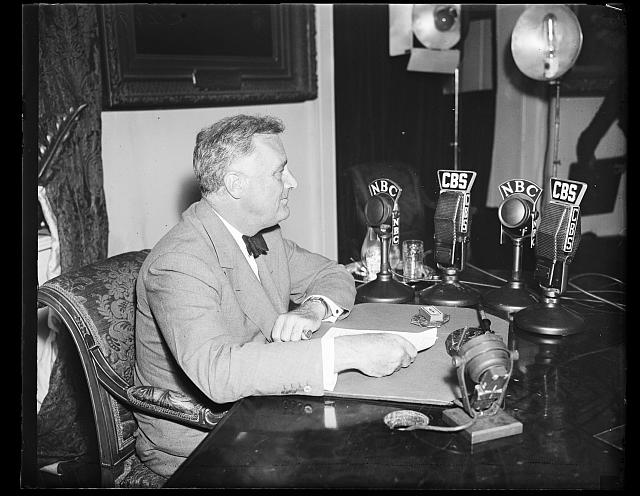In the early 20th century, the United States faced a public health crisis. Polio outbreaks were rampant, leaving thousands of children paralyzed or dead. It was during this time that President Franklin D. Roosevelt (FDR) contracted polio himself and became a symbol of hope for millions.
The Polio Epidemic and FDR’s Personal Battle:
Polio, also known as infantile paralysis, had reached epidemic proportions by the 1920s and 1930s. The disease primarily affected young children, causing muscle weakness, paralysis, and in severe cases, death. In 1921, at the age of 39, FDR himself fell victim to polio, which resulted in permanent paralysis of his legs.
FDR’s Struggle Inspires Hope:
Despite his own personal battle with polio, FDR never allowed his disability to hold him back. He managed to conceal his condition from the public, using leg braces and a wheelchair to move around. His determination to overcome his disability and continue serving the country inspired millions, becoming a source of hope for those affected by polio.
The Genesis of the March of Dimes:
In 1938, FDR founded the National Foundation for Infantile Paralysis (NFIP) to combat polio. Its mission included raising funds for polio research and providing financial support for patients suffering from the disease. But it was not until 1941 that the foundation launched a fundraising campaign that would forever change its trajectory – the March of Dimes.
The Original Purpose of the March of Dimes:
The March of Dimes held its first official campaign in 1938, with the goal of raising awareness about polio and collecting donations to support research efforts. Initially, the campaign sought to gather dimes from millions of Americans, urging them to contribute their “march” to fight polio. The name “March of Dimes” symbolized the power of collective action and small individual contributions.
With the outbreak of World War II in 1941, FDR transformed the March of Dimes into a nationwide fundraising initiative. He called upon Americans to dedicate their spare change, no matter how small, to the cause. The money collected was used to establish treatment centers known as “iron lungs,” purchase medical supplies, fund research, and support patients and their families.
The Success and Impact of the March of Dimes:
Thanks to FDR’s charismatic leadership and the tireless efforts of volunteers, the March of Dimes quickly gained popularity and became one of the most successful fundraising campaigns in American history. By 1955, the Salk vaccine, developed with assistance from March of Dimes funding, was declared safe and effective, leading to a significant decline in polio cases.
Beyond Polio: Legacy and Evolution:
Following the near eradication of polio, the March of Dimes expanded its mission to include preventing birth defects and reducing infant mortality rates. The foundation became a leading advocate for prenatal care, newborn screening, and research on genetic disorders. Today, their work focuses on improving the health of mothers and babies across a range of issues, from premature birth to developmental disabilities.
FDR’s battle with polio and his creation of the March of Dimes changed the course of public health in America. His leadership and determination not only generated funding for polio research but also inspired a sense of community and the belief that small individual contributions could bring about significant change. The original purpose of the March of Dimes was to eradicate polio, but over time, its mission expanded to address broader issues affecting the health and well-being of mothers and babies. Today, the March of Dimes continues to be a force for positive change, leaving a lasting legacy in the field of public health.
